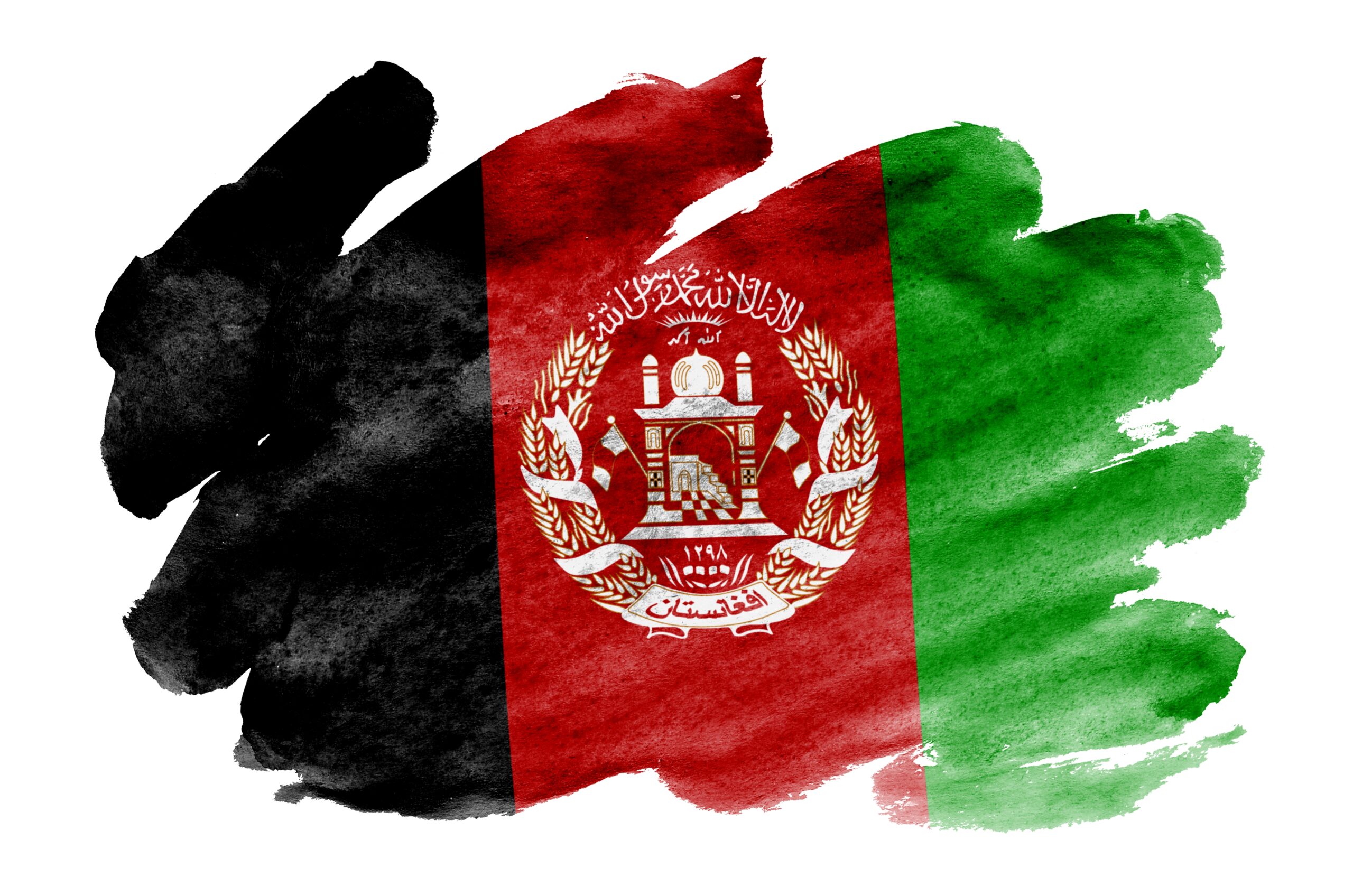The Earthquake Breakdown:
Afghanistan recently experienced some big earthquakes. The strongest one had a magnitude of 6.3 and happened near the city of Herat. Basically, it was super strong and caused a lot of damage.

Helping Out:
After the quake, many groups from around the world and within Afghanistan have jumped in to help. Doctors Without Borders said two people passed away and over 100 were injured. Mohammad Zahir Noorzai, a local relief leader in Herat, mentioned another sad death and about 150 more injuries. But as more places are checked, we might hear of more injuries or deaths. What’s awesome? Locals, like a guy named Sayed Kazim Rafiqi, are donating blood and helping out their neighbors.
The Damage Done:
On 7th October, another earthquake hit and caused a lot of destruction, especially in the Zenda Jan district. The worst part? A huge percentage of those who died were women and children. That area alone reported 1,294 deaths, 1,688 injuries, and every house was destroyed. Important places like schools and clinics were also damaged.
Recovery and Hope:
Despite all the sad news, there are many stories of people fighting back. Volunteers are helping find survivors, clean up the mess, and give support to families. They’re trying to fix everything that was broken.
Looking to the Future:
Now, Afghanistan has a massive task of rebuilding. It’s not going to be quick or easy. They’ll need money, skills, and a lot of help from countries around the world. It’s important for us to stick by them and help out.
Wrapping It Up:
The earthquakes were brutal, but the people of Afghanistan are strong. It’s time for us to support them, help them rebuild, and show that we’re in this together. They need us, and together, we can help them move past this tragedy.

FAQ: Afghanistan’s Earthquakes
1. What caused the recent earthquakes in Afghanistan?
The earthquakes were natural geological events. The strongest one was measured at a magnitude of 6.3 and its epicenter was near the city of Herat.
2. How many people were affected by these earthquakes?
The exact number is still being assessed, but in the Zenda Jan district alone, there were 1,294 deaths and 1,688 injuries. Sadly, most of the deceased were women and children. And remember, these numbers might go up as more places are checked.
3. What are some of the major organizations helping with the relief efforts?
Many groups, both local and international, are helping. One example is Doctors Without Borders, which has been actively assisting those injured.
4. What kind of help does Afghanistan need right now?
Beyond immediate medical and food supplies, Afghanistan will need support to rebuild homes, schools, and clinics. They’ll need money, expertise, materials, and long-term commitment from the global community.
5. How have local Afghan citizens responded to the tragedy?
Many have shown immense resilience and solidarity. Individuals, like Sayed Kazim Rafiqi, are stepping up by donating blood and assisting in relief efforts.
6. How can I help or contribute to the relief efforts?
You can support by donating to established relief organizations working in the region. Additionally, spreading awareness and advocating for continued support for Afghanistan can make a difference.
7. Are there concerns about future earthquakes in the region?
Afghanistan is in an earthquake-prone region. While it’s hard to predict exact occurrences, it’s essential for the nation to build with future earthquakes in mind, ensuring structures are more resilient.
8. What’s the long-term plan for recovery?
The focus now is on immediate relief. However, the long-term plan will involve rebuilding infrastructure, homes, and public buildings, ensuring they’re more resilient to future natural disasters. International support and collaboration will be key in this process.
9. Why were so many women and children affected?
The vulnerability of these demographics in crisis situations can be due to multiple factors, including their presence in homes during the daytime when many earthquakes occur or specific cultural and societal norms.
10. How has the international community responded?
Many countries and international organizations have stepped forward to provide aid, resources, and expertise to assist with the immediate relief and long-term recovery efforts.
Sources The Guardian


